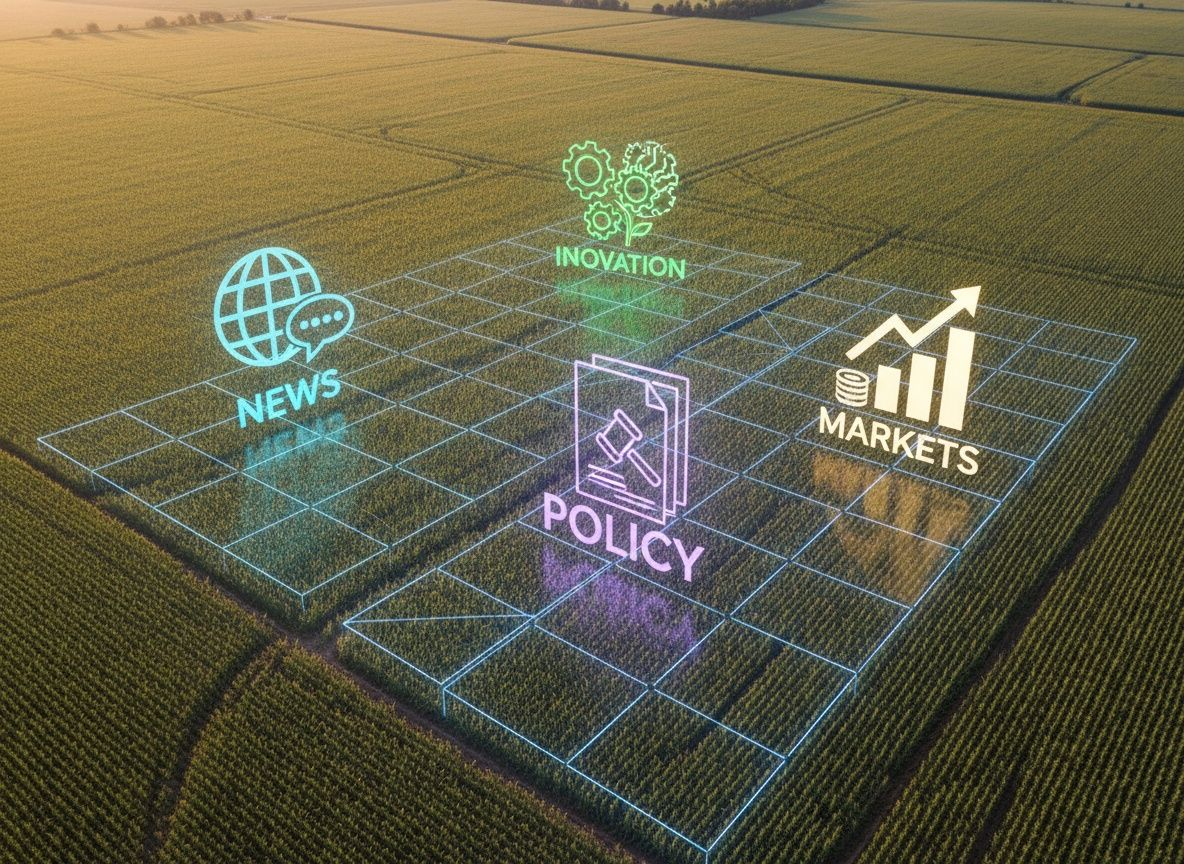AGRICULTURE TO EPA: GET THE SCIENCE RIGHT

Independent Scientific Panel Takes Another Look At Atrazine
Corn and sorghum farmers took time away from their farms to testify this week before an Environmental Protection Agency Scientific Advisory Panel (SAP) about the importance of atrazine. The purpose of the three-day virtual meeting was to provide independent scientific feedback on EPA’s draft white paper, Examination of the Microcosm/Mesocosm Studies for Evaluating the Effects of Atrazine on Aquatic Plant Communities, submitted to the Federal Insecticide, Fungicide, and Rodenticide Act (FIFRA) SAP for peer review.
“The purpose of this meeting is to review the science that will ultimately determine the environmental level of concern for atrazine, potentially change the way I use the product, and threaten my ability to lawfully use it in the future,” said Katie Pratt, a farmer from Dixon, IL. “I am here today because the recommendation of this panel and the final rule will impact my farm and the ability of the eighth generation of our family to farm in the future.”
Pratt was joined by farmers from Missouri, Kansas, Illinois, Kentucky, Minnesota, and Michigan, as well as industry representatives from the IL Corn Growers Association, National Corn Growers Association, National Sorghum Producers, Florida Fruit and Vegetable Association, Louisiana Farm Bureau Federation, and leaders of the Triazine Network, a diverse coalition of more than 40 state and national agricultural groups actively involved in atrazine regulatory actions. IL Corn worked closely with the Triazine Network and industry partners to advocate for this week’s SAP to clarify the science behind EPA’s dramatic shifts in the 2022 “Proposed Revisions to the Atrazine Interim Registration Review Decision.”
When the atrazine comment period closed last October, more than 16,000 farmers and agricultural organizations representing corn, sorghum, citrus, sugar cane, and other crops across the country united against EPA’s flawed proposed revision, calling for the agency to base decisions on credible scientific evidence. During this week’s SAP, speakers shared real-world implications of EPA’s actions on today’s sustainable farming practices.
“Our farm is unique. Our soils, our crops, the nuances of our weather patterns are unique. Every farm in Illinois and across the country is different. Farmers learn the strengths and weaknesses of their fields and then choose the right tools from their toolbox to manage their crops and resources,” said Pratt.
EPA expects to receive the SAP’s recommendations in late November. According to an EPA official advising the SAP, the agency will consider the panel’s suggestions in recalculating the proposed revisions before moving into a court-ordered review required under the Endangered Species Act.






